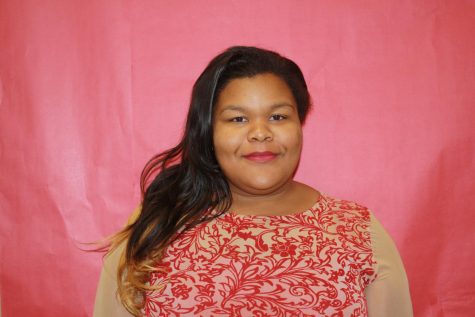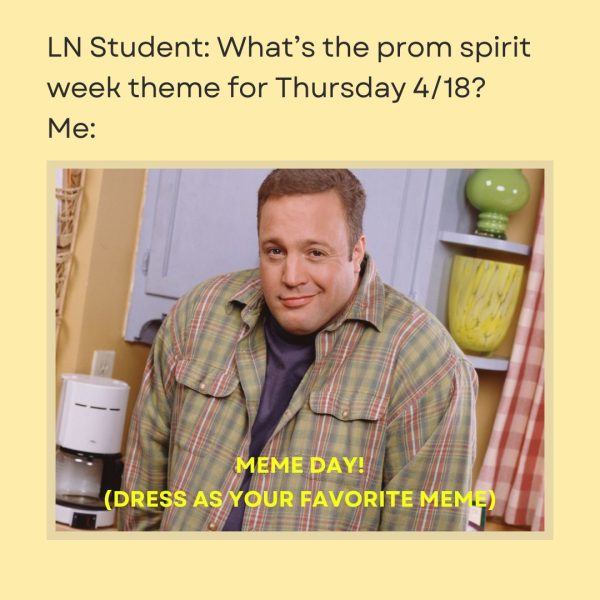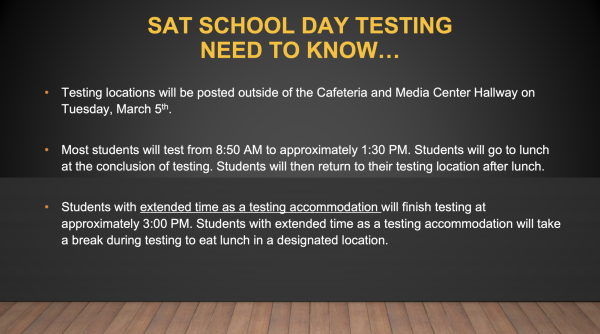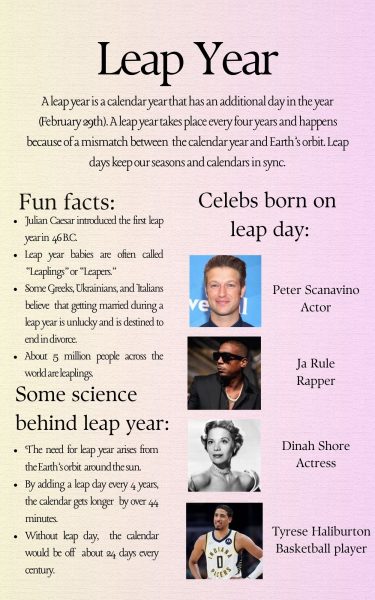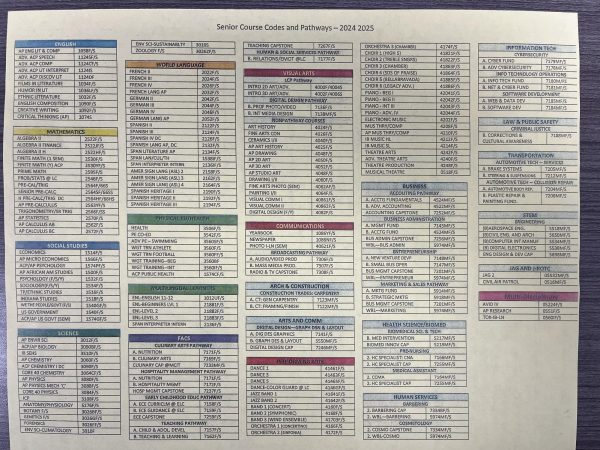Where I’m From: Pippens explores her ancestry
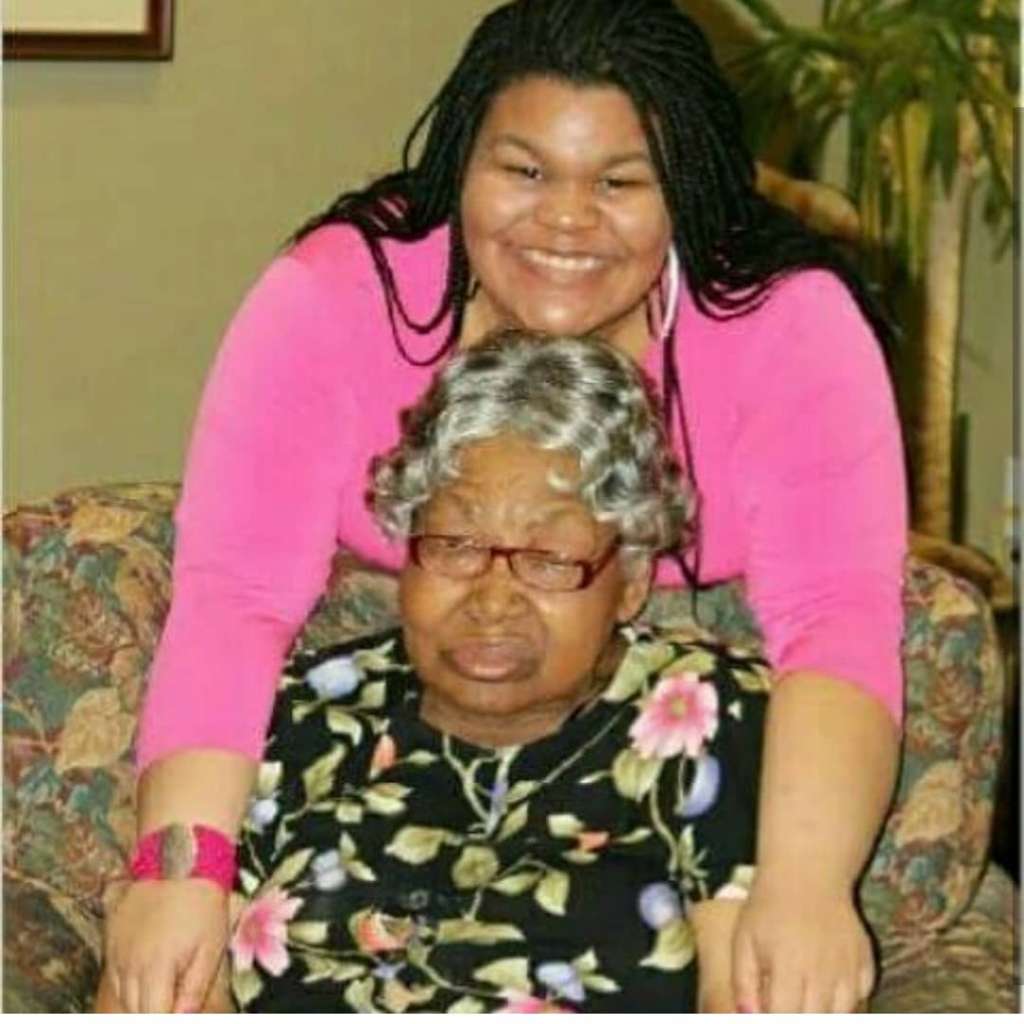
Wait a minute, I’m Nigerian?
Ever since I was 13 years old, I always wondered about where my ancestors were from. In order to satisfy my curiosity about my family, I signed up for ancestry.com in August 2014 to get some unanswered questions answered. First I researched the Pippens’ family (my dad’s side), and the farthest I could go back was five generations. Meanwhile, from the Lyles’ family (my mom’s side) I couldn’t find anything, which really was disappointing. As an African American, it can be very hard at times to trace back ancestry due to the fact that Africans were stolen from their homeland and brought to the Americas for forced labor and were undocumented.
After about three years of looking at probably about 100 birth certificates, records and family trees, my ancestry trail went cold and that’s when the idea of taking Ancestry DNA became a serious and exciting thought. My thought process at that point was that if I couldn’t find the people I am looking for, why not find out where they came from.
The Ancestry DNA kit was $100, which is expensive for a broke high school student, but I wanted to find out so badly. So every time I received a paycheck from my job I would put money aside and save for the kit. In about a month, I saved enough money to order the kit. About two weeks after I ordered the kit, it arrived at my house. Before I could take the test, I had to go an hour without drinking or eating, so food and drink particles couldn’t get in my saliva sample. It was the longest hour my life. I never thought that I would be so anxious to just spit in a tube, but I was. Every second I would look at my phone to see if an hour had passed yet. I couldn’t focus on anything else other than taking the test. The agony of waiting consumed me deeply.
Once I provided my saliva sample and sealed it, my mom drove me to the post office and I sent my sample off to be tested. Once the third month of waiting hit, I became so impatient. I would check my gmail every hour to see if my results were in, and when they weren’t, I started thinking, “What if my saliva was lost in the mail and didn’t get to the lab” or “What if I did my saliva sample completely wrong and they couldn’t conduct the process successfully?” You all, I was truly freaking out at this point because I wanted to know my results, and that made me become very anxious. My worry soon came to an end on June 21, 2017 when I received an email from Ancestry DNA saying, “Ebony, your Ancestry DNA results are in.” When I saw that phrase appear on my notifications, I jumped up and down. My heart started beating so fast I could hear my heartbeat. This was the moment I had been waiting for. I would finally get a chance to see what runs through my blood.
My results were as followed, 82 percent Sub-Saharan African (insert “Lion King” music), 16 percent European, <1 percent Native American and <1 percent Caucasus, which is located in Syria, Armenia, Iran and Iraq. To be very honest, I was expecting to be 95 percent African and only 5 percent European but I think that’s why genealogy is so intriguing. You find out a lot about yourself and about your family. This whole experience made me realize how rich and beautiful my culture is. It also gave me an extra push to keep looking for my family and not to give up on them because their strength and bravery is the reason why I am here. I would encourage everyone reading this, if you haven’t took a genealogy test, please take one. You won’t regard it and you might find something in your DNA you weren’t expecting like I did.
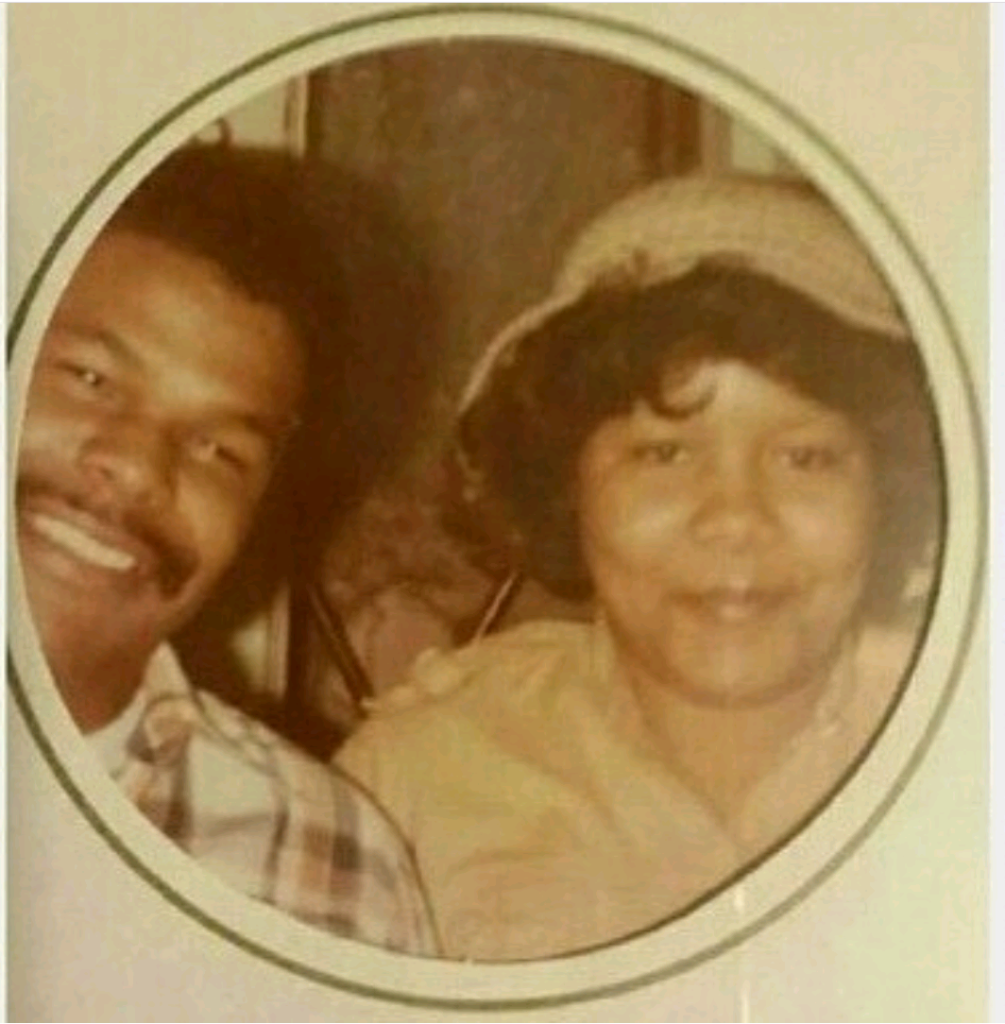
When I saw that phrase appear on my notifications, I jumped up and down. My heart started beating so fast I could hear my heartbeat. This was the moment I had been waiting for. I would finally get a chance to see what runs through my blood.
My results were as followed, 82 percent Sub-Saharan African (insert “Lion King” music), 16 percent European, <1 percent Native American and <1 percent Caucasus, which is located in Syria, Armenia, Iran and Iraq. To be very honest, I was expecting to be 95 percent African and only 5 percent European, but I think that’s why genealogy is so intriguing. You find out a lot about yourself and about your family. This whole experience made me realize how rich and beautiful my culture is. It also gave me an extra push to keep looking for my family and not to give up on them because their strength and bravery is the reason why I am here. I would encourage everyone reading this, if you haven’t took a genealogy test, please take one. You won’t regard it and you might find something in your DNA you weren’t expecting like I did.



